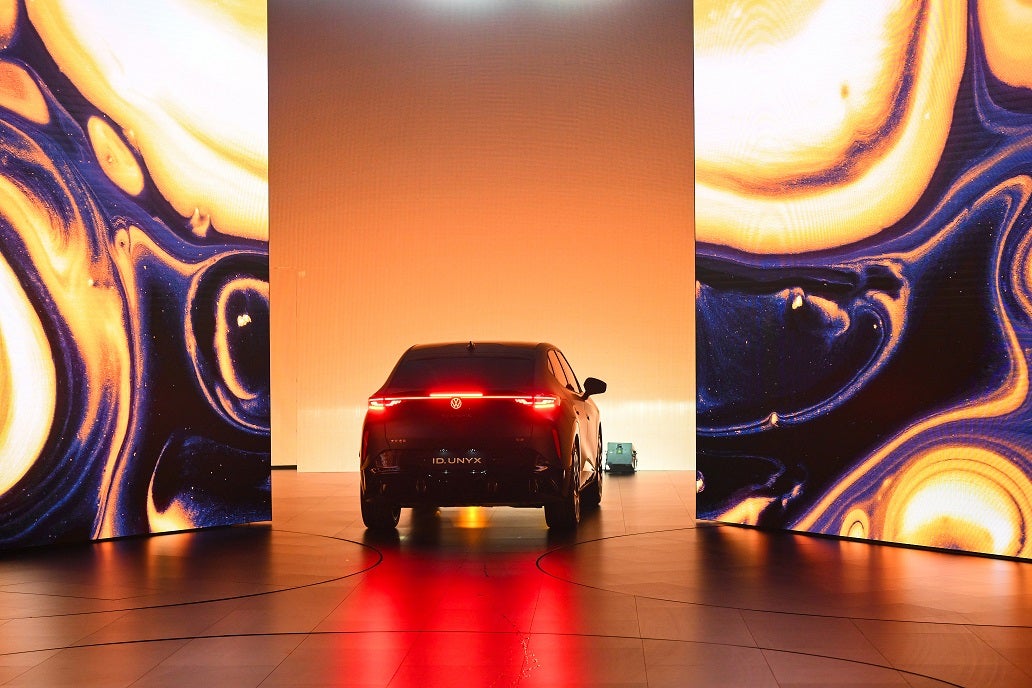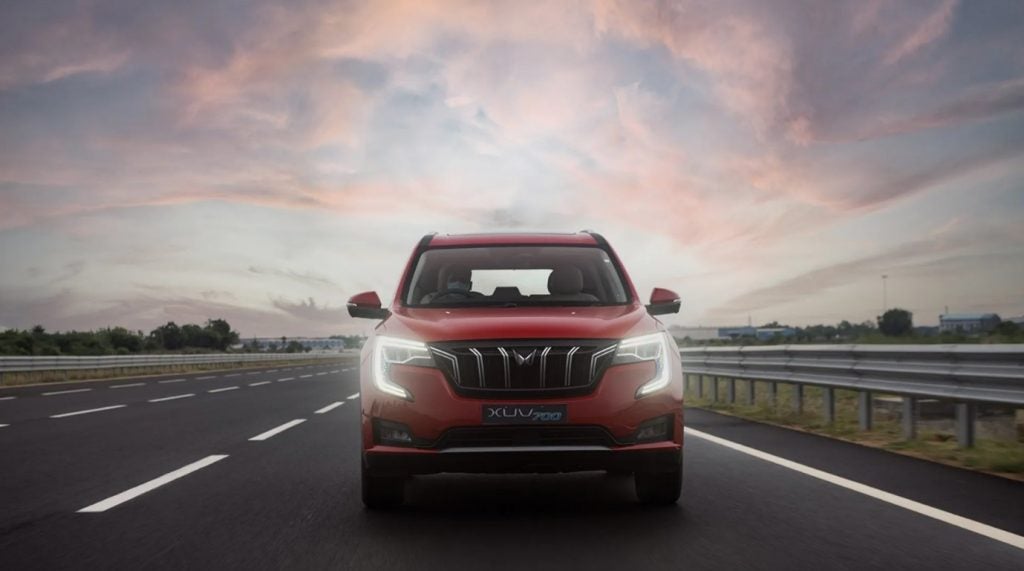Read ahead to discover how Germany’s growing relationship with China reflects Volkswagen Group’s new Electric Vehicle (EV) models; why Extended Range Electric Vehicle (EREV) is still the standout in China, despite New Energy Vehicle (NEV) penetration reaching over 50%; and what the drivers are behind China passenger car exports exceeding 1 million units.
Our top takes from announcements made at Auto China 2024:
- On April 24th, Huawei launched its new smart driving solution brand called “Qiankun ADS 3.0” at the Huawei Smart Auto Solution Conference. Aside from the newly updated autonomous driving solution “Qiankun ADS 3.0”, the new-generation Hongmeng Smart Cockpit also released simultaneously.
- On April 26, Xiaomi Auto CEO Lei Jun and BYD CEO Wang Chuanfu met at the Beijing International Auto Show. Lei Jun suggested that Wang Chuanfu organize more collaboration between different OEMs to “engage in ecosystem and unify some interfaces”.
- On April 28th, Tesla Motors CEO Elon Musk met with many senior government officials including Chinese Prime Minister Li Qiang in Beijing, hoping to persuade Chinese regulators to support Tesla’s “Full Self-Driving” (FSD) in China.
Germany and China Strengthen EV Ties as 1/4 of Volkswagen Group’s unveiled models are NEVs
- Volkswagen Group brought 44 models to Auto China 2024, including 11 new e-models
- Germany and China make in-roads in connected driving standards
German automakers have begun to embrace China’s electric vehicle supply chain, making progressive strides in electrification and intelligence. Volkswagen Group and its brands unveiled 44 models at Auto China 2024, including an impressive lineup of 11 NEV models. That the manufacturer’s investment in China has not slowed, despite seeing difficulties in the last few years, speaks strongly to China’s dedication to electrification. Notably, the Chinese and German governments have just reached a “Joint Statement of Intent on Cooperation in the Field of Autonomous Connected Driving” to carry out cooperation in standards and specifications, technical regulations, data collection and transmission. The pressure is now on other international brands such as American and Japanese automakers to keep pace.
John Zeng, Director of Asian Forecasting
See Also:
Range anxiety hinders NEVs, but EREV to act as test bed for consumers
How well do you really know your competitors?
Access the most comprehensive Company Profiles on the market, powered by GlobalData. Save hours of research. Gain competitive edge.

Thank you!
Your download email will arrive shortly
Not ready to buy yet? Download a free sample
We are confident about the unique quality of our Company Profiles. However, we want you to make the most beneficial decision for your business, so we offer a free sample that you can download by submitting the below form
By GlobalData- High infrastructure has not convinced all customers to choose NEV
- EREV to be a gateway into improved NEV penetration
NEV penetration has exceeded 50% in China. However, range anxiety is still hindering purchases, despite the country having the highest number of charging and swappable infrastructures worldwide.
In the current situation, EREV is a standout. Not only is its construction easier than Plug-in Hybrid Electric Vehicles (PHEV), meaning lower costs, but EREV can make up for Battery Electric Vehicle’s (BEV) shortcomings when it comes to meeting the ever-growing energy consumption requirements of intelligent software computing. EREV will act as a test bed for consumers, who will use it to judge the value of NEVs. We expect to see the launch of more EREVs at the Beijing Auto Show, including brands such as Huawei.
Lancy Zhang, China NEV and Powertrain Analyst
Globalization fuels China exports to the fast lane
- China’s automobile exports have greatly improved in quantity and value
- Exports exceed 1 million units in Q1 2024, with an average price of $19,000
Since 2020, China’s automobile exports have been in the fast lane and become an important driving force for the growth of automobile production and sales. In Q1 2024, China’s passenger car exports exceeded 1 million, a year-on-year (YoY) increase of 34%, of which NEVs accounted for 27%. Further, according to statistics from the China Passenger Car Association, the average export price of Chinese automobiles has increased from $13,000 in 2018 to $19,000 in 2024. After many years of development and technology accumulation, the improvement of the international cost performance of fuel vehicles and the growth of new energy vehicle exports have become the main reasons for export growth. At the same time, globalization has also brought unprecedented opportunities.
Nan Zhang, Passenger Car Market Analyst
As part of GlobalData’s coverage of Auto China 2024, we are offering a complimentary edition of our China Automotive Monthly Market Update report. This report provides up-to-date analysis of current demand and assessments of OEM strengths and weakness in China, helping you to understand and track the latest market changes.
Please click here to login or register to download the report.
This article was first published on GlobalData’s dedicated research platform, the Automotive Intelligence Center.









Related Company Profiles
Volkswagen AG
Huawei Investment & Holding Co Ltd
BYD Co Ltd